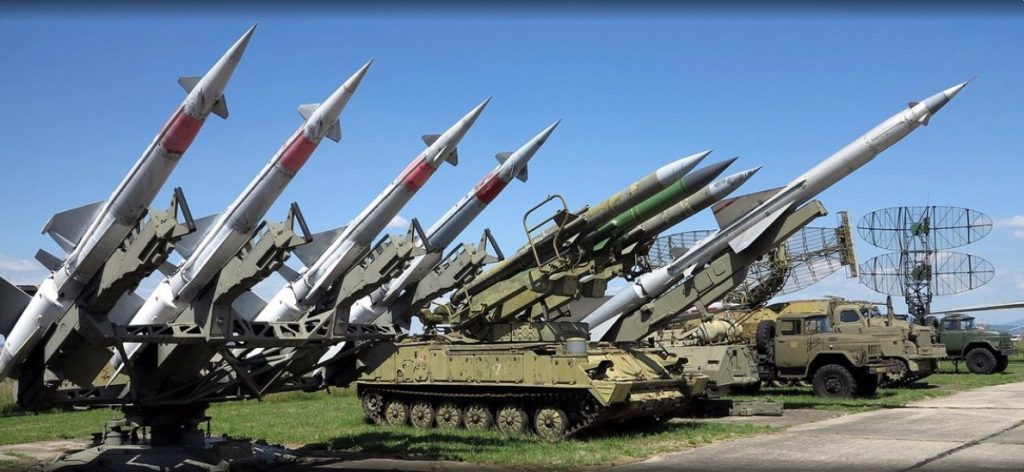Best attraction in Slovakia / Bratislava
24. November 2023

Refer to packages WARZONE, SOLDIER, ALL IN.
Bunker B-S 4 LANY
Czechoslovakian fortification system Museum built in 1935-1938 against Nazi Germany. Equipped bunker with original weapons, accessories, furnished shooting rooms, living rooms, storages, machine and filtration room. On guided tour you can explore a whole bunker and get interesting historical and technical informations about czechoslovakian fortification system. Bunker B-S 4 Lany is very popular attraction for Shooting range visitors.
SLAVÍN
One of the attraction for free in Bratislava, very popular among tourists as well as locals is Slavín memorial. We could definitely include the national cultural monument of Slavín to the landmarks of our capital. It is a memorial that was unveiled in 1960 on the occasion of the 15th anniversary of the liberation of Bratislava by the Soviet army.
Each visitor is captivated by its monumental and unusual architecture with a 7 meter high bronze statue of a Soviet soldier. Although many tourists, especially foreign ones, take it mainly as a great point of sight and memorial, it must be remembered that Slavin is also a mass grave at the same time.
In the six mass and 278 individual graves, there are 6,845 Red Army soldiers buried who have fallen in the liberation of the city during the Second World War in April 1945.
The park also includes a well-arranged park. There is a wonderful view of Bratislava from this place. That is why Slavín is a frequent weekend destination for hikers, walkers and cyclists too.
There are also commemorative events associated with wreath laying ceremony and the honoring of fallen soldiers taking place.
Museum of Military History Piešťany
The museum is part of the Military Historical Institute and is located in the premises of the former Piešťany military airport. The permanent exhibition of the Piešťany Military History Museum consists of the equipment of the Czechoslovak army from 1945 to 1992.
Military Museum in SvidnÍk
The museum department of Svidník is a part of the Military History Museum in Piešťany. Its activities follow the traditions of the Dukla Museum, which was founded in 1965.
The museum department specializes in documenting the military history of Slovakia right before and during the First World War in the Eastern Carpathians, the interwar period and the Second World War, with an emphasis on the course of the Carpathian-Dukla operation, partisan movement and liberation of the territory of Slovakia from 1944 to 1945. The presentation of documented realia to visitors is taking place in the central exposition.
Museum of the Slovak National Uprising
One of the most popular war attraction in Slovakia is Museum of the Slovak National Uprising in Banska BystricaThe SNP Museum is located in a building that is quite unusual from the architectural point of view – it was built in 1969 as a SNP Monument. It is set in a park that also features an open-air museum of military hardware used during the SNP.
The Museum is in charge of a permanent exhibition called “Slovakia in Europe’s Anti-fascist Movement of Resistance 1939-1945“, that was opened for the public on August 29, 2004, in the area of the SNP Monument.
Since 2002, the Museum has also administered an exhibition in the village of Nemecká called “Reprisals of the Nazis and Members of Hlinka Guards (POHG) in Slovakia between 1944-1945“.
The Museum is also in charge of another exhibiton – “The Partisan Republic” – that is located in the burnt-out village of Kalište and was opened on August 18, 2007. Kalište was declared national cultural monument in 1961.
The Museum also provides access to another Slovak national exhibition, with “The Tragedy of Slovak Jews” exhibition taking place in the Auschwitz-based State Museum of Auschwitz-Birkenau.
Since 2008, the Museum has also administered the “Fascist reprisals in eastern Slovakia“ exhibition in the village of Tokajík near the town of Stropkov.

Recent Posts
Wanna be a GunMate?
Magazines full of ammo, guns are ready, adrenaline on max…
Just pull the trigger!


